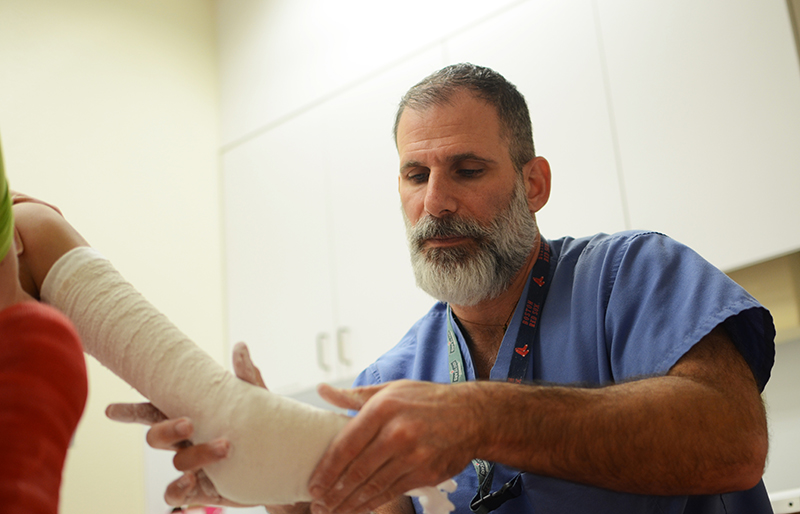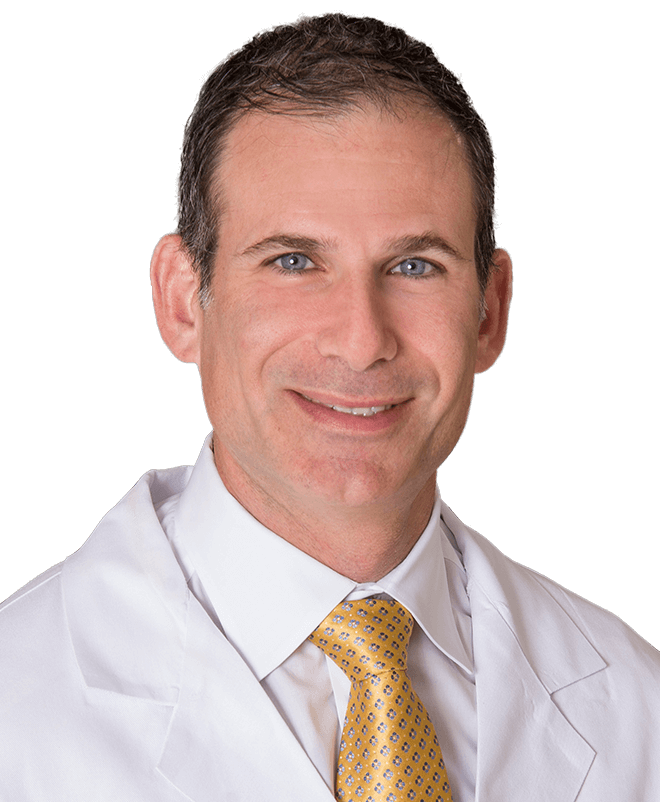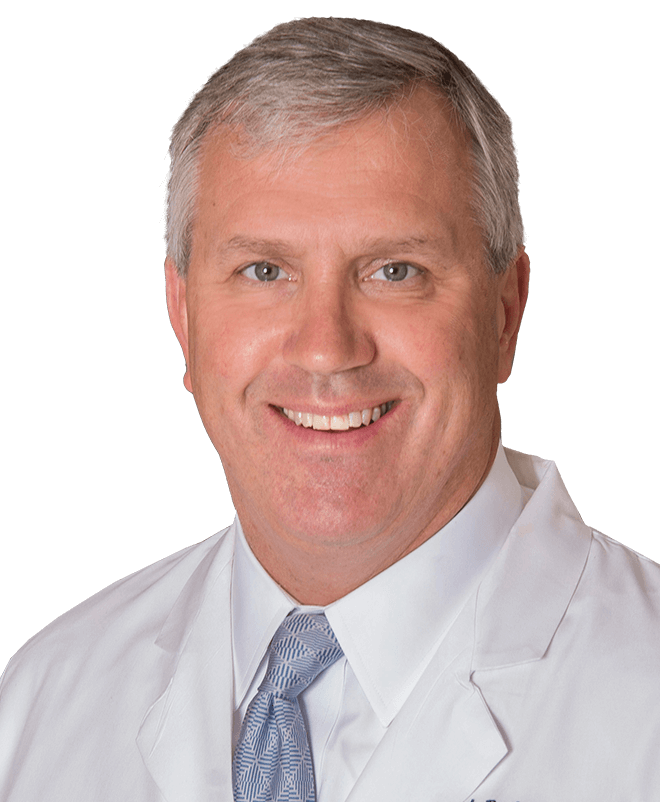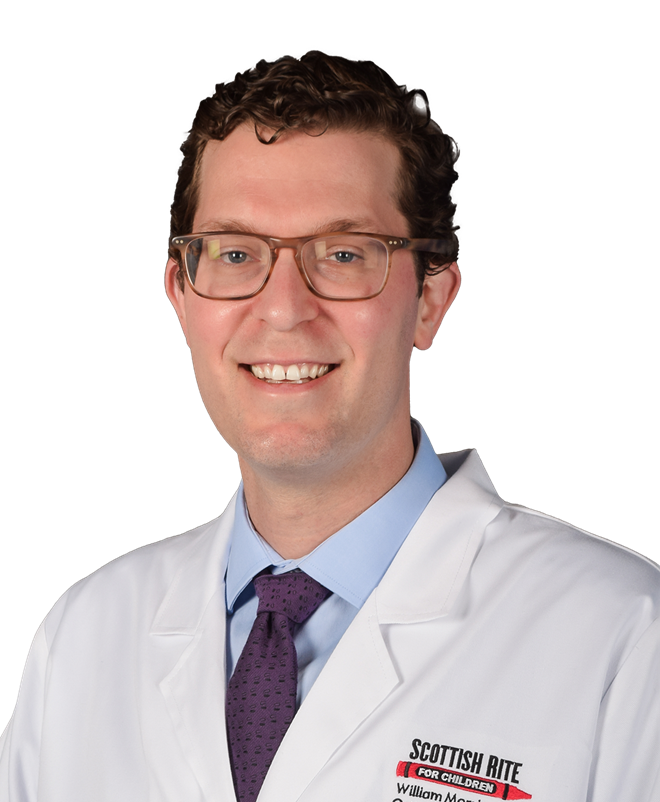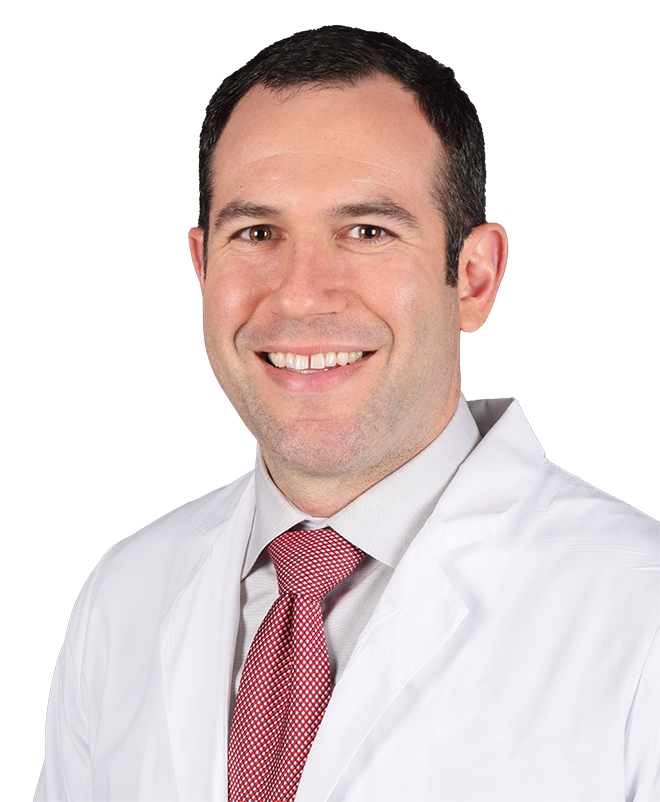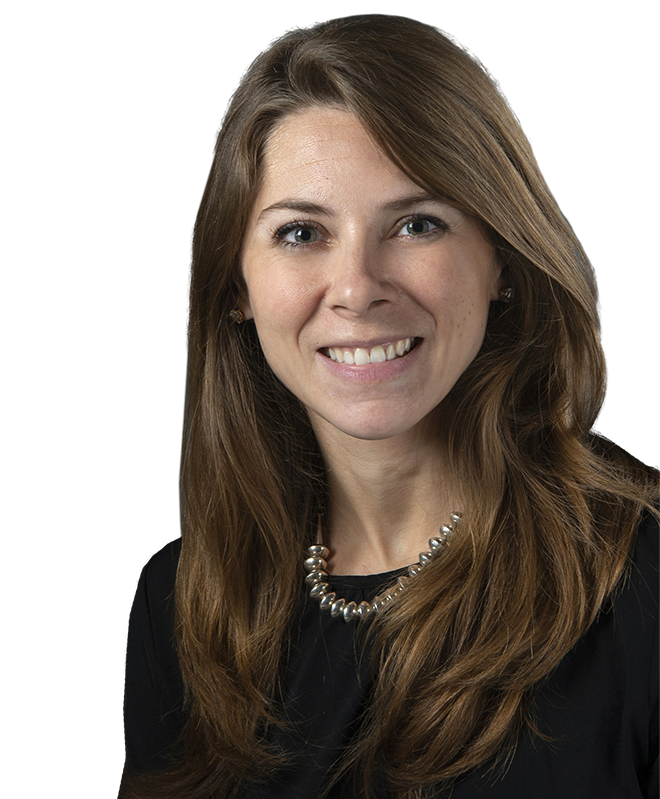Foot Research
CENTER FOR EXCELLENCE IN FOOT
The Center for Excellence in Foot at Scottish Rite for Children is one of the world’s leading treatment centers for children and adolescents with a variety of congenital and acquired foot deformities. Under the direction of Anthony I. Riccio, M.D., our surgeons and multidisciplinary team are dedicated to providing the highest level of individualized patient care while advancing both non-operative and operative treatment techniques through extensive research. The center’s experts have extensive experience managing both common and unique foot and ankle deformities in patients ranging in age from infancy to young adulthood.
The center treats more than 1,000 patients with clubfeet each year and has more than 2,000 clubfoot related visits each year. We offer two proven non-operative treatment modalities for this common infantile deformity, the Ponseti casting method and the French physical therapy method, while using technological advances in orthotic care and motion analysis to constantly improve upon patient outcomes. Collaboration with our bioengineers, the Movement Science Laboratory, molecular geneticists, orthotists and physical therapists creates an optimal research environment which has facilitated extensive research into clubfoot including its cause, the efficacy of operative and nonoperative treatments, gait patterns, deviations following treatment and the optimal management of atypical and relapsed deformities.
The center also houses the Complex Adolescent Foot and Ankle Clinic which specializes in providing care and advancing research for difficult adolescent foot disorders. In conjunction with fellowship-trained adult foot and ankle surgeon, Jacob Zide, M.D., orthotic specialists and the Movement Science Laboratory, our team is researching the best treatment options for complex foot disorders in adolescents and young adults. Those conditions include rigid flat feet, stiff cavovarus feet, residual painful foot deformities following surgery years earlier and the adult sequelea of congenital foot deformities. As such, this one of a kind clinic serves as a referral center for patients from across the country and the world.
The center treats more than 1,000 patients with clubfeet each year and has more than 2,000 clubfoot related visits each year. We offer two proven non-operative treatment modalities for this common infantile deformity, the Ponseti casting method and the French physical therapy method, while using technological advances in orthotic care and motion analysis to constantly improve upon patient outcomes. Collaboration with our bioengineers, the Movement Science Laboratory, molecular geneticists, orthotists and physical therapists creates an optimal research environment which has facilitated extensive research into clubfoot including its cause, the efficacy of operative and nonoperative treatments, gait patterns, deviations following treatment and the optimal management of atypical and relapsed deformities.
The center also houses the Complex Adolescent Foot and Ankle Clinic which specializes in providing care and advancing research for difficult adolescent foot disorders. In conjunction with fellowship-trained adult foot and ankle surgeon, Jacob Zide, M.D., orthotic specialists and the Movement Science Laboratory, our team is researching the best treatment options for complex foot disorders in adolescents and young adults. Those conditions include rigid flat feet, stiff cavovarus feet, residual painful foot deformities following surgery years earlier and the adult sequelea of congenital foot deformities. As such, this one of a kind clinic serves as a referral center for patients from across the country and the world.
